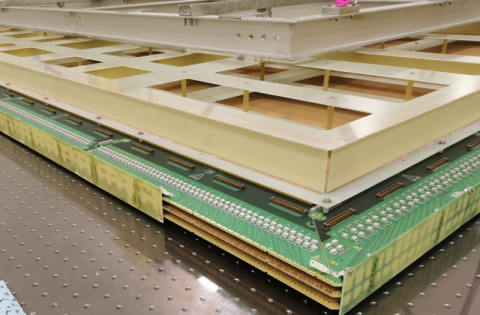
Scientists and engineers are in the process of building and testing the infrastructure for the Deep Underground Neutrino Experiment.
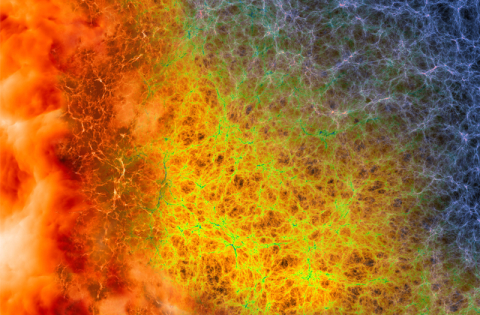
Computer scientists are developing new software to help astrophysicists interpret data from the Dark Energy Spectroscopic Instrument.
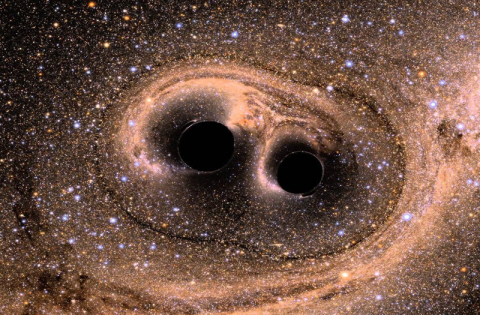
A team of researchers developed a more accurate way to interpret simulations, helping expand our knowledge of colliding black holes.
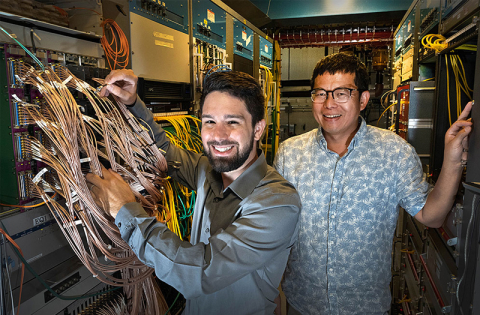
As they studied the structure of nuclei, scientists at DOE’s Brookhaven National Laboratory found a new form of quantum entanglement.
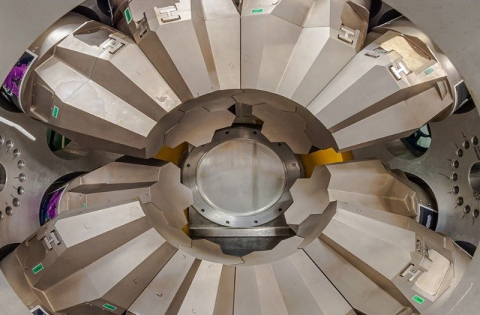
Scientists at Michigan State University are studying unique energy levels in rare nuclei.
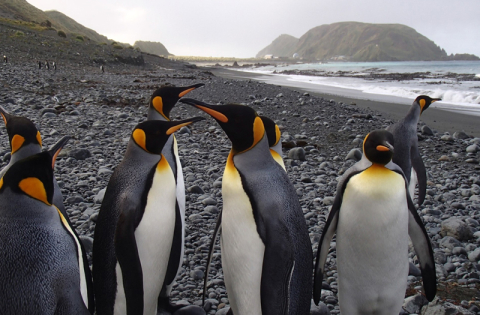
Scientists working on atmospheric research campaigns have opportunities to collect data and have experiences available nowhere else.
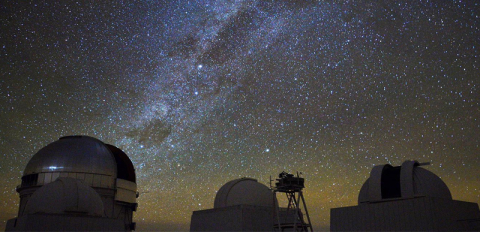
Using data from two different telescopes, researchers created a massive map that can reveal more about our universe’s evolution.
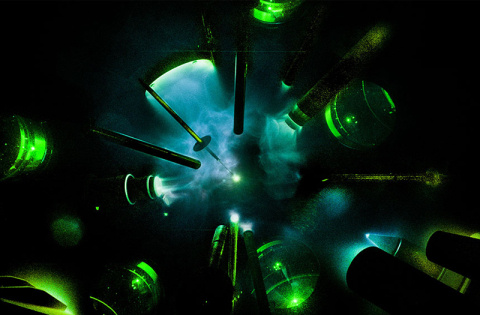
The OMEGA experiment at the University of Rochester is helping scientists gain the knowledge we need to establish fusion as an energy source.
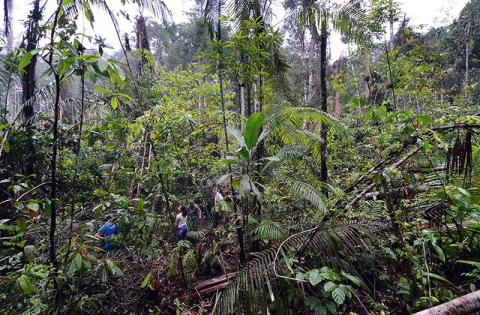
Researchers have found a relationship between atmospheric conditions and large areas of tree death.
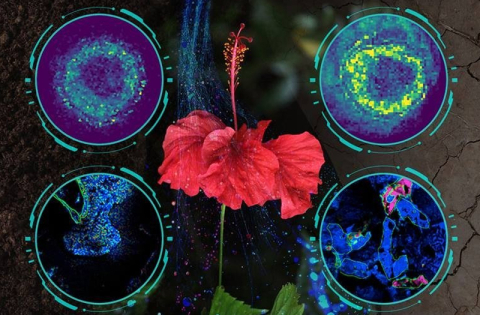
Researchers combined three advanced research techniques to better understand and predict how plants respond to stressors in a changing climate.

